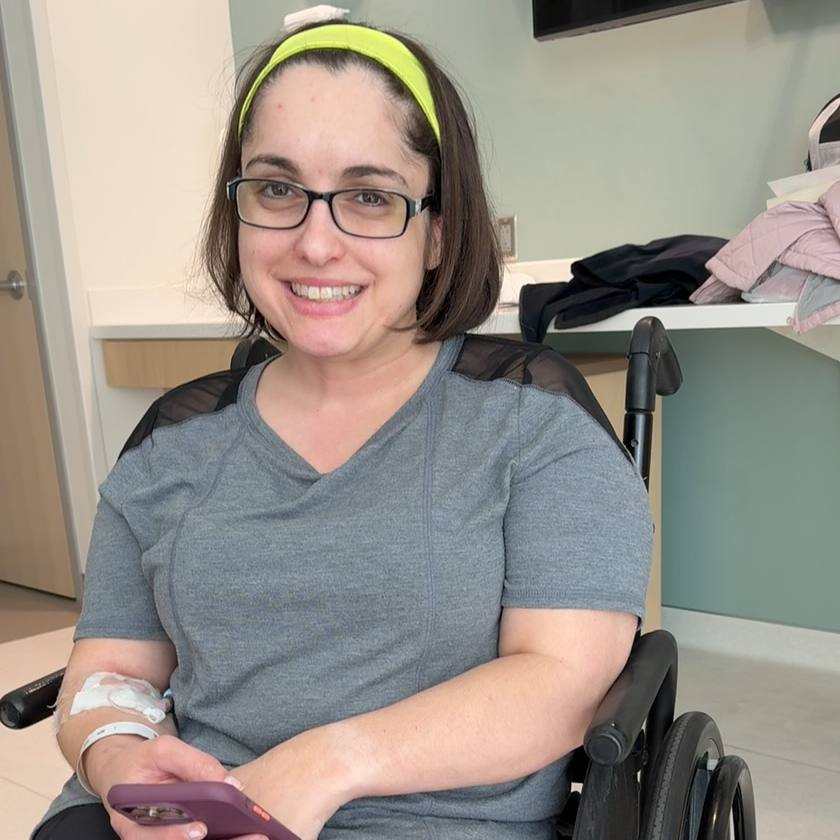-
Athletes & Baker’s Cysts

Summertime has many of us getting out and getting more active once again. That means we may see some of the maladies that come with aggressive exercise. Mayo Clinicorthopedic surgeonDiane Dahm, M.D., says a common concern is a Baker's cyst, also known as a popliteal (pop-lih-teel) cyst. It's basically just an out-pouching of fluid on the back of the knee, ranging in size from one to six centimeters or larger. While there can be many causes, Baker's cysts are generally a symptom of some type of injury or arthritis within the knee joint. Dr. Dahm (Dom) says she sees Baker's cysts in the MRI scans of 30 to 40 percent of patients being treated for knee pain, but, they are no cause for alarm.
Journalists: Sound bites with Dr. Dahm are available in the downloads
Recent upgrades at YouTube have resulted in issues with some older versions of Internet Explorer. If you are only seeing a black box in the player, click here, or open in a different browser.
/// Sound Bite (Dr. Diane Dahm, Mayo Clinic) “If you're treating a Baker's cyst, the most important thing is to try to figure out what's going on inside the joint that may be causing this, be it arthritis, meniscal tears, cartilage tears, inflammatory disease. Treat that and almost always you'll have resolution of your symptoms.” TRT :20
In rare instances, pain and swelling in the back of the knee can be due to a blood clot. So, if you have persistent pain in the back of your knee that runs down your calf, it should be checked by a doctor. Also, if a mass on the back of your knee is getting bigger, is firm or is painful, it’s a good idea to have a doctor rule out something more concerning such as a tumor or cancer. If you have none of the concerning symptoms mentioned above, Dr. Dahm says there are some things you can try.
/// Sound Bite (Dr. Diane Dahm, Mayo Clinic) “We'll have people decrease the amount of impact activity that they're doing so you want to move to a lower impact exercise program and then undertake measures that will decrease swelling in the knee joint, for example, use a compression sleeve, using ice to decrease swelling. And so, as you decrease the swelling in the knee joint, you'll, in turn, decrease the swelling of the Baker's cyst.” TRT :23
Dr. Dahm says about 10 percent of Baker's cysts will rupture. But, other than causing temporary pain, that is also not a cause for alarm.







